Liteye
As of November 2022, Liteye has joined High Point Aerotechnologies. The Liteye products our clients trust will continue to be produced and improved as core elements of the High Point product suite.

“The Liteye executive team is thrilled to join forces with High Point to continue the growth of our multi-mission C-UAS platforms, built around protecting lives and critical infrastructure.”
– Kenneth Geyer, CEO

